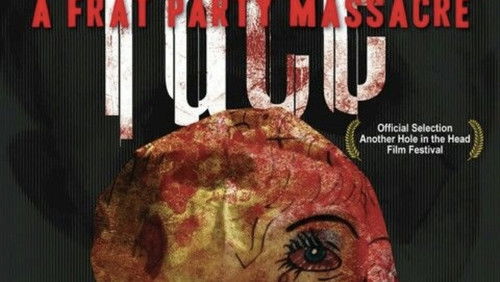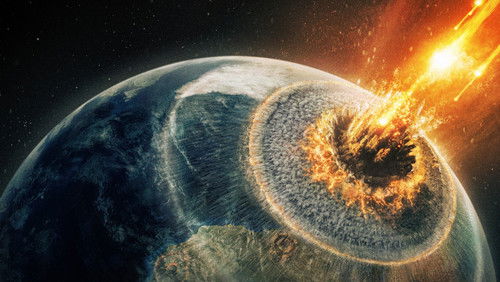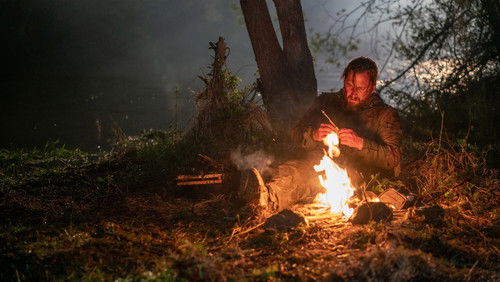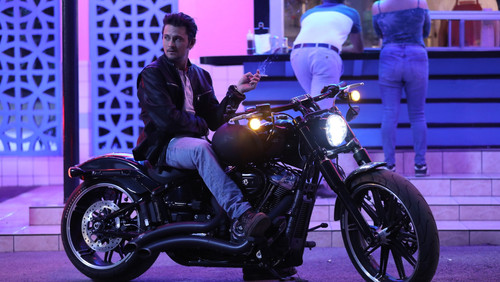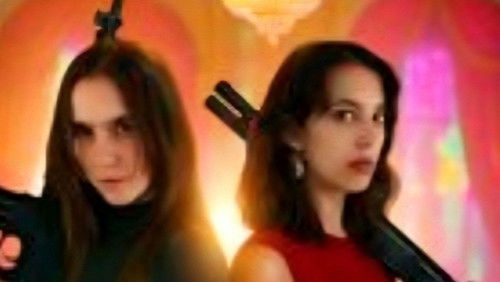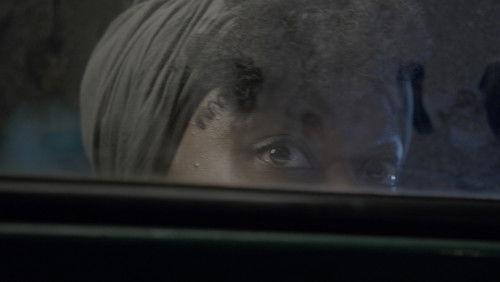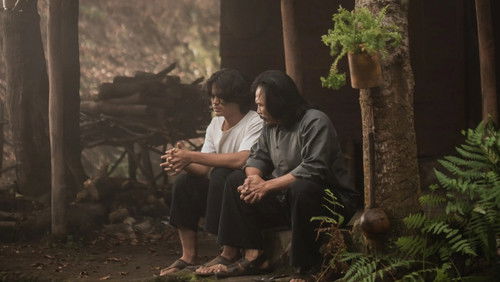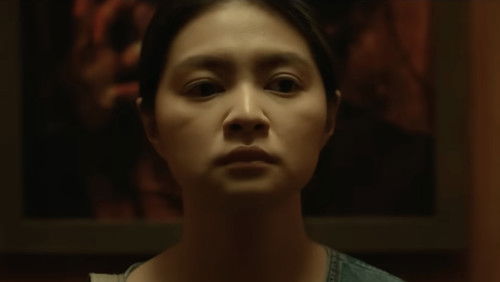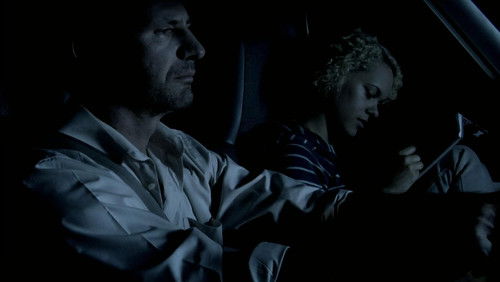Maskierte Herzen (1952)
7KMaskierte Herzen: Directed by David Miller. With Joan Crawford, Jack Palance, Gloria Grahame, Bruce Bennett. After an ambitious actor insinuates himself into the life of a wealthy middle-aged playwright and marries her, he plots with his mistress to murder her.
“Many other posts here comment usefully on the acting in this under-appreciated but amazing film–one of the very best films noir. Little has been written about it and itu0026#39;s the kind of film one used to learn about through word of mouth and coincidence though sites like this make that easier now. u003cbr/u003eu003cbr/u003eBut what really turns my crank about this film is its brilliant combination of cinematography and sound. In many ways this is a silent film and Crawford, coming of age during the silent era, reprises her silent self masterfully during the final third of the film. Silent films were never fully u0026#39;silentu0026#39;–they were accompanied by music. In this film, the musical score complements the visual action but sound effects increasingly become front and center as the film progresses, completely overtaking dialog toward the end. The sound of the wind-up dog as it walks across the carpet, a walk shot so tightly that we see the weave of the rug the dog walks on and the thread in the rug that catches its paw just in time. The sound of the Dictaphone machine (a new technology at the time) and the way the recording of Irene Nevesu0026#39; (Gloria Grahameu0026#39;s) disembodied, mechanical voice repeats u0026quot;I know a placeu0026quot; over and over (several minutes actually) are crucial to the suspense of this film. The final third of the film is virtually dialog-free–instead, through an inspired use of flash forwards we enter a truly cinematic space of the fantastic, the paranoid and, finally, the sublime. Joan walks alone into the morning light. The silent section of the film, the ticking clock and its Poe-like pendulum telegraph her moral ambiguity. See this film–itu0026#39;s a unique, an early 1950s reprise on the silent cinema and how to communicate to an audience through visuals and sound effects. Itu0026#39;s widely available on DVD and the transfer is excellent.”

